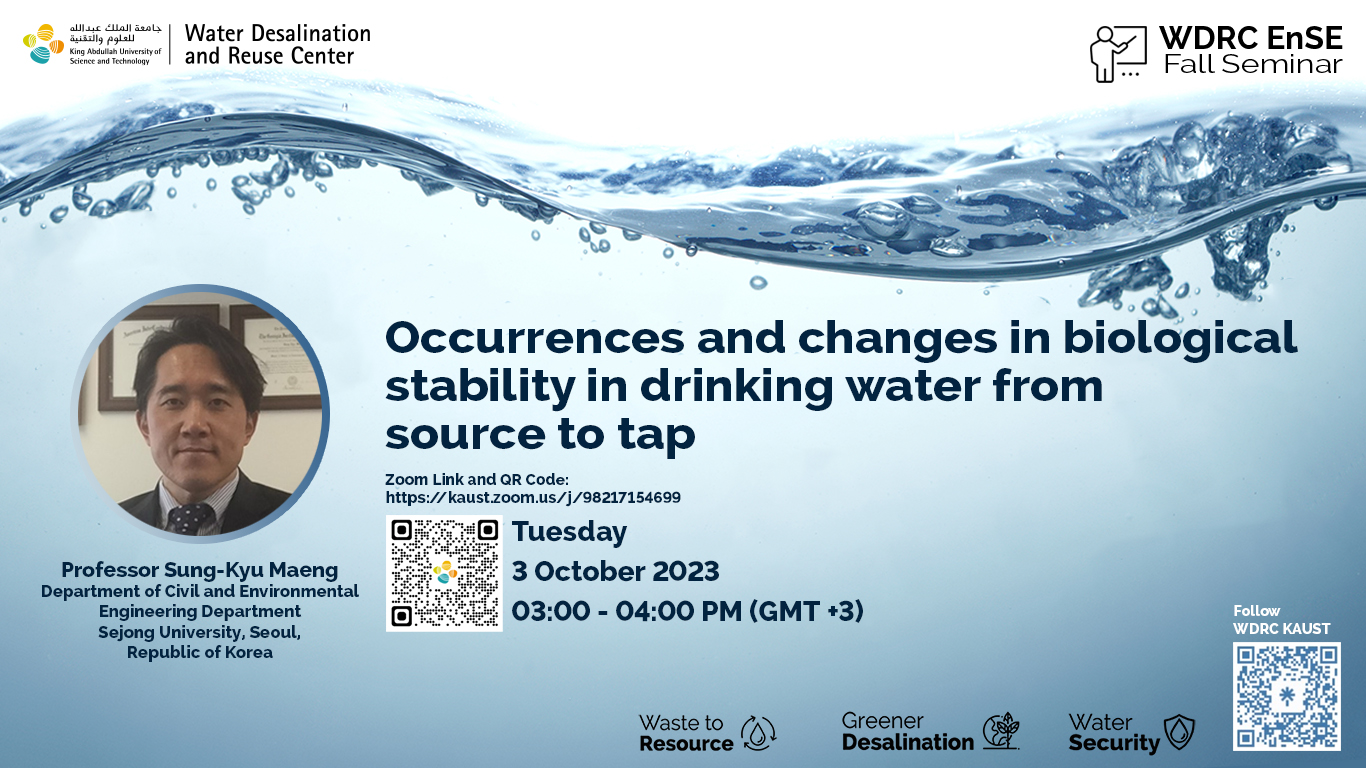



Biostable drinking water, which limits bacterial growth and community changes, is obtained by removing bacterial growth-promoting nutrients, such as assimilable organic carbon (AOC), through a range of treatment processes. To date, various controlled laboratory bacterial growth tests have been developed using different inoculum types to study the growth-promoting nutrients in water. However, many countries have not considered limiting bacterial growth by reducing the growth-promoting nutrients in drinking water, because they primarily use chlorine in their distribution systems. This presentation provides an overview of the available methods to analyze dissolved growth-promoting nutrients in water and summarizes the current knowledge on nutrient characteristics and concentrations in water from source to tap, through various treatment processes. Bacterial growth-promoting nutrients in surface water are affected by seasonal variables, such as water temperature, precipitation, and algal blooms. The use of groundwater, bank filtration, and artificial recharge of water sources provide low bacterial growth-promoting nutrient concentrations in drinking water. The treatment type as well as operational conditions significantly affect biostable drinking water production. To achieve water biostability, it is important to understand not only the water treatment process but also the distribution conditions, including the impact of pipe materials on the nutrient levels in water. The impact of climate change on biostability as well as the role of complex and particle bound nutrients on microbial growth in drinking water distribution systems should be investigated in future studies.
EDUCATION
PROFESSIONAL CHRONOLOGY